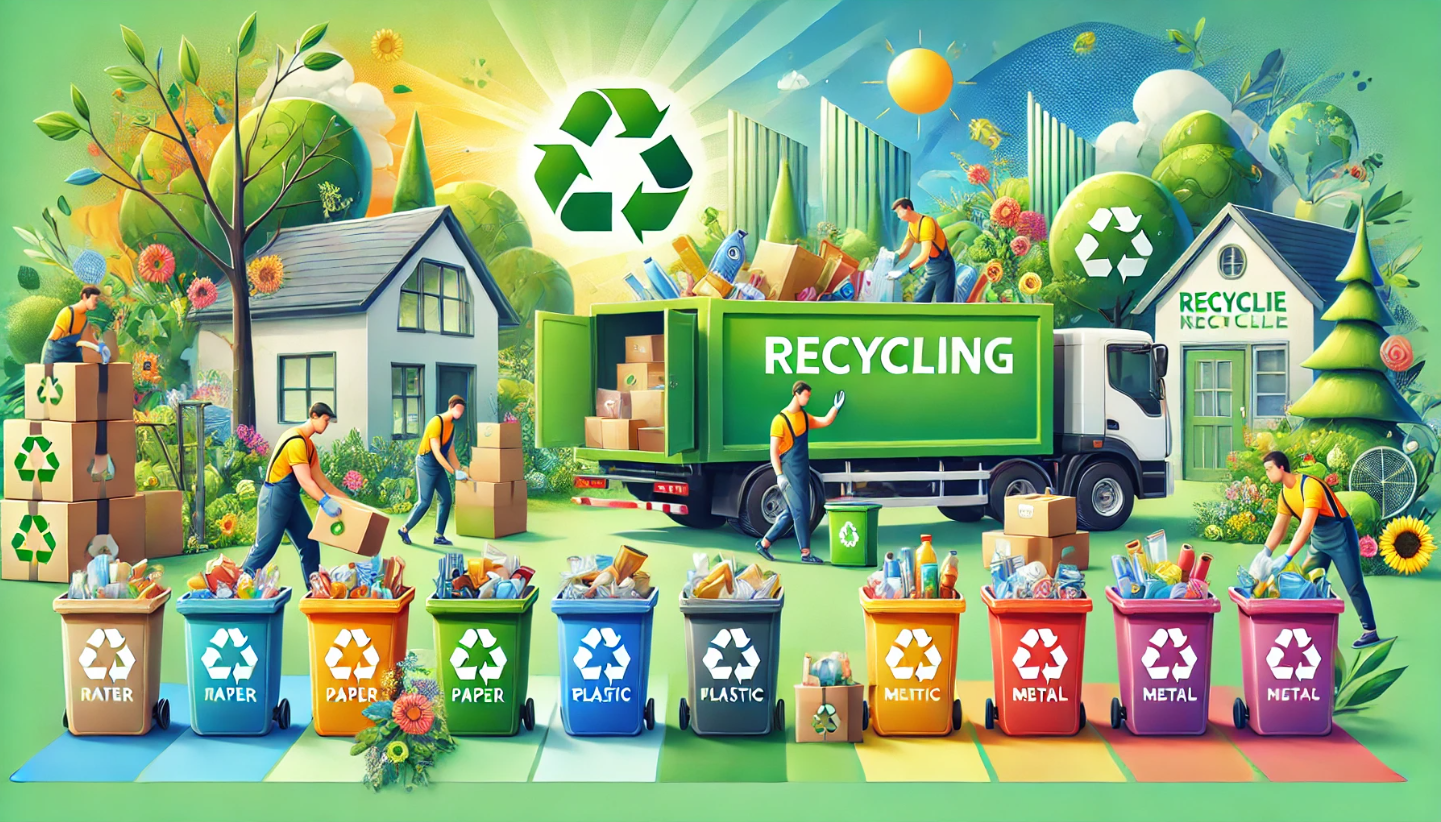
Recycling Unwanted Items – A Sustainable Way to Declutter
Decluttering your home or office often leads to a pile of unwanted items. Instead of sending everything to the landfill, consider recycling or repurposing. Recycling unwanted items not only frees up space but also helps conserve resources and protect the environment. In this guide, we’ll explore practical steps for recycling common household items, the benefits of sustainable disposal, and how to make responsible decluttering a part of your routine.
Why Recycling Unwanted Items is Important
Recycling does more than reduce clutter—it’s a key part of environmental conservation.
- Reduces Landfill Waste: Keeps reusable materials out of overflowing landfills.
- Conserves Resources: Materials like metal, glass, and plastics can be repurposed into new products.
- Supports Sustainability: Recycling minimizes the need for raw material extraction, lowering environmental impact.
- Encourages Community Involvement: Donating reusable items can benefit local charities and families in need.
Steps for Recycling Unwanted Items
1. Take Inventory of Your Items
- Identify what can be recycled, donated, or discarded.
- Separate items by material type (e.g., wood, metal, plastic).
2. Research Local Recycling Centers
- Use online tools to locate nearby facilities that accept specific materials.
- Check municipal guidelines for curbside recycling programs.
3. Donate Usable Goods
- Charities and shelters often accept gently used furniture, appliances, and clothing.
4. Handle Hazardous Materials Safely
- Dispose of items like paint, batteries, and electronics at certified facilities.
5. Partner with Recycling Services
- For large cleanouts, consider hiring a professional junk removal company with eco-friendly practices.
Common Items You Can Recycle
| Category | Examples | Recycling Method |
|---|---|---|
| Furniture | Chairs, tables, sofas | Donation, upcycling, recycling |
| Electronics (E-Waste) | TVs, laptops, phones | Certified e-waste recycling facilities |
| Clothing & Textiles | Old clothes, shoes | Textile recycling, donation |
| Plastics | Bottles, containers, packaging materials | Curbside recycling or specialty centers |
| Yard Waste | Grass clippings, branches, leaves | Composting, green waste facilities |
| Hazardous Materials | Paints, batteries, chemicals | Certified hazardous waste disposal |
Eco-Friendly Tips for Recycling
1. Repurpose Old Items
- Turn glass jars into storage containers or use wooden pallets for DIY furniture projects.
2. Recycle Electronics Responsibly
- Many electronics contain valuable metals like gold and copper, which can be reused.
3. Compost Organic Waste
- Kitchen scraps and yard debris can be turned into nutrient-rich compost.
4. Minimize Plastic Waste
- Use reusable alternatives and recycle plastic containers whenever possible.
FAQs About Recycling Unwanted Items
1. Can all household items be recycled?
No, some items like mixed-material products may require special handling. Check with your local recycling center.
2. What should I do with old furniture?
Donate usable pieces to charities or refurbish them for resale. If broken, contact a junk removal service for recycling options.
3. How do I recycle electronics?
Take them to certified e-waste recycling facilities or participate in manufacturer trade-in programs.
4. Is recycling always free?
Not always. Some centers charge for items like large appliances or hazardous materials.
5. Are professional recycling services worth it?
Yes, especially for large-scale cleanouts or when dealing with heavy, bulky, or hazardous items.
